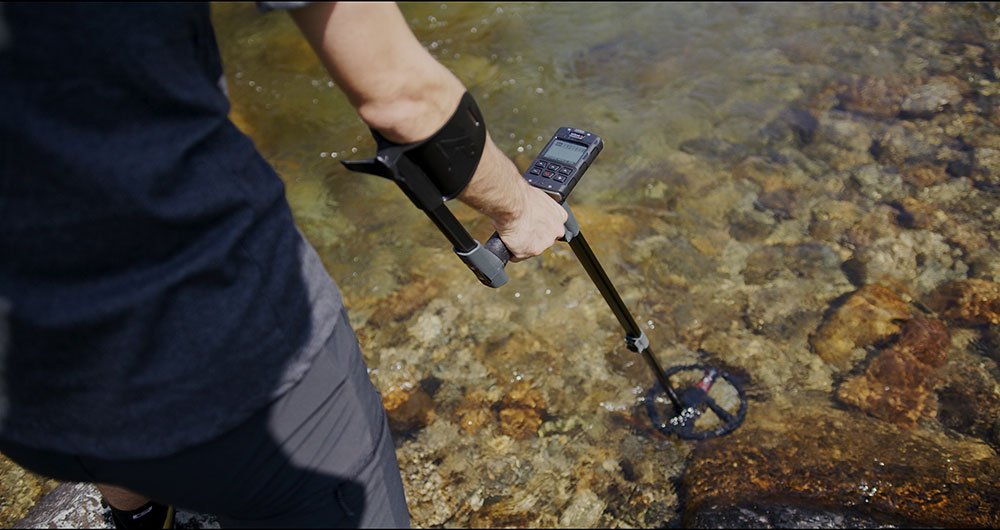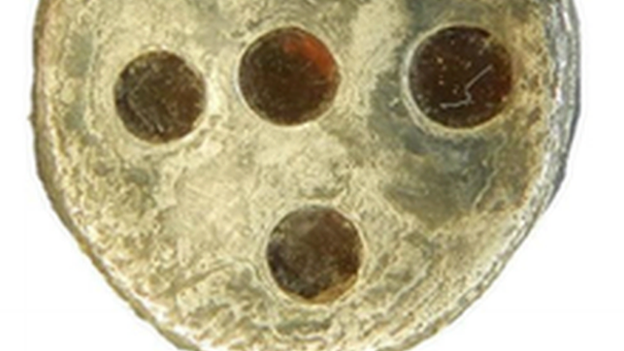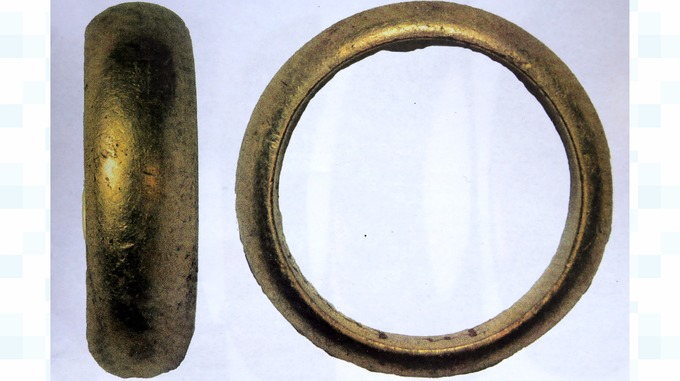Are you new to metal detecting? Perhaps you are looking to brush up on your metal detecting skills? If so, Regton has provided tips to help you get the most out of your hobby.
1. Do your research before you buy a metal detector. There are many different types and models on the market, and choosing one that suits your specific needs is essential. Regton stocks a wide range of metal detectors for professional use.
2. Get a decent metal detector if you’re serious about finding valuable items. While some good-quality consumer-grade detectors are available, they won’t have all the features or attributes of a more expensive model.
3. Make sure you have a waterproof control box on your new metal detector if you plan on using your detector in anything deeper than 6 inches. Some models’ control boxes are only weather-resistant, so they won’t be able to withstand being submerged in water. You can view our range of underwater metal detectors here.

4. Brush up your knowledge of local laws and regulations in case of finding treasure. Research the Treasure Act 1999, and remember that you must report all finds of treasure to a coroner for the district in which they are found within 14 days after the day you made the discovery.
5. Practice using your metal detector in different terrain and soil. Open countryside & beaches are very different detecting experiences. This will help you get a feel for how it works and what kinds of objects it can detect.
-
Garrett AT Max
£804.95,-
6. Be patient, and don’t be afraid to experiment with different settings on your metal detector. It takes time and practice to get good at metal detecting, and you may need to adjust the sensitivity or ground balance depending on the conditions you’re detecting.
7. Keep an eye on the weather forecast before you go out metal detecting. If there’s a chance of rain, it’s best to take precautions, so take a sandwich bag that could be placed over a non-waterproof control box if you get caught out.
8. Wear comfortable clothing and footwear when you go metal detecting. You’ll be doing a lot of walking, so it’s essential to be comfortable. Remember, no steel toe caps. Have you ever seen a dog chase its tail?
9. Bring along a small shovel or trowel to help you dig up objects you find. Make sure you fill any holes you make, so the area is left in its natural state. This is equally important on farmland despite it sometimes being a rough terrain; it’s all about etiquette, making good your holes & remove any rubbish, and helping the farmer.
10. Have fun and enjoy the outdoors! Metal detecting is an excellent hobby for people of all ages.
For more information, you can look at Regton’s beginner guide here.
Be sure to check out our range of professional metal detectors and waterproof metal detectors at https://regton.com.


















